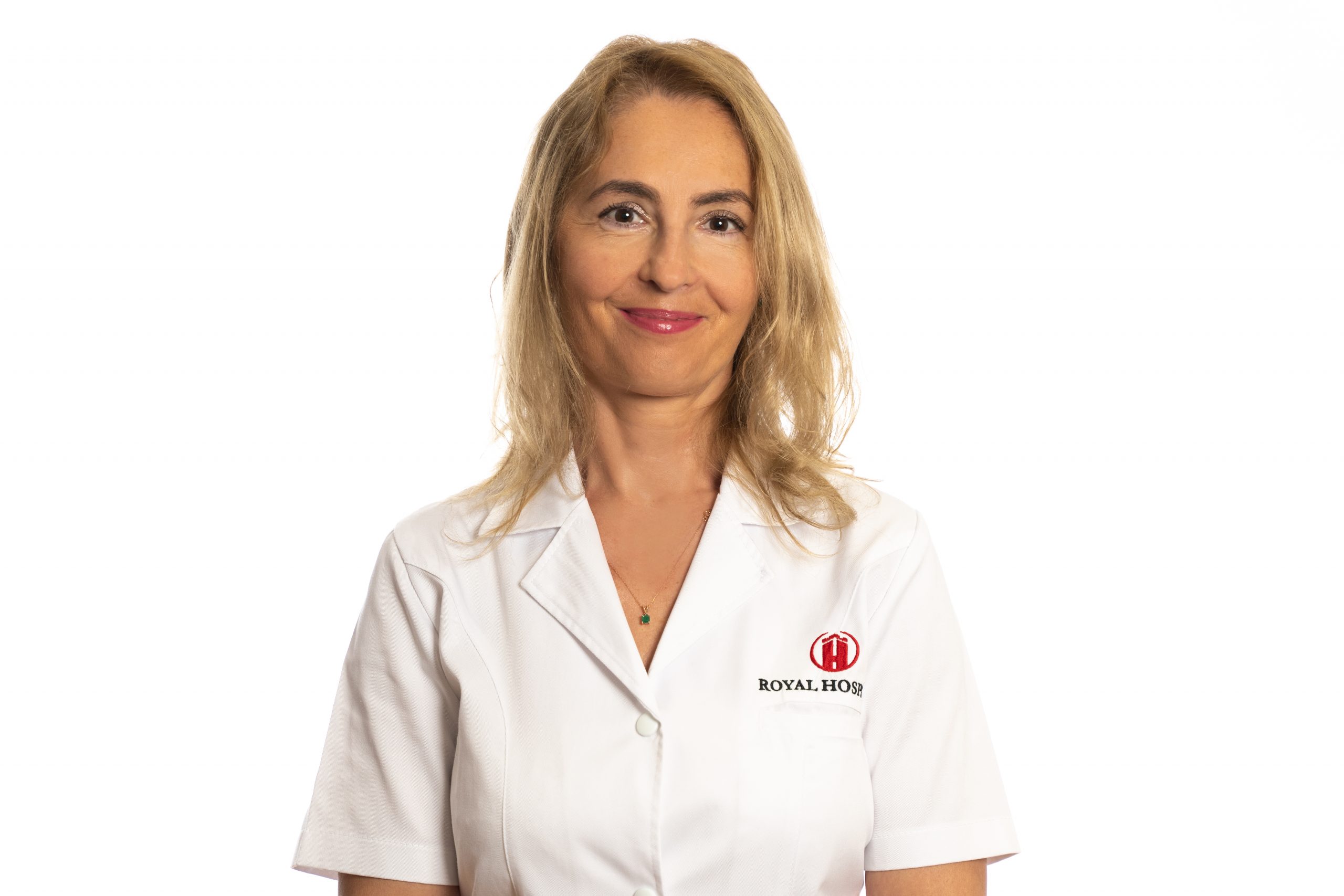Every year, more than 1,900 women lose their fight against cervical cancer in our country. We have the highest mortality rate in the European Union, and the more than 4,300 cases detected each year represent 7.5% of the total number of cumulative cases in all Member States. We talked about the prevention policies against this disease with Dr. Mirela Vasile, obstetrician-gynecologist.
The first HPV vaccination campaign started in Romania in 2008. The failure was not enough to take on a new medical administrative plan, which is why in the last 13 years other failed campaigns have followed against the most common sexually transmitted infection. . The lack of a strong policy around this social and medical issue was also fueled by the lack of interest from the population. Last year, only 30,000 young women were vaccinated to protect themselves against HPV, and we are currently one of the weakest states in Europe when it comes to preventing cervical cancer.
“The reluctance comes from the lack of information, education in schools, clearly established programs, but especially due to the absence of models for young girls / girls to follow. The family doctor has an essential role to play in informing parents and children. The mother’s gynecologist may also recommend vaccinating children, with more data on beneficial results than the family doctor. “, he explains Dr. Mirela Vasile.
Romania has not fought HPV and is now suffering
Following the failure of the 2008 campaign, the Romanian state destroyed over 1 million doses of vaccine. 13 years later, we are one of the countries most affected by cervical cancer, with the highest mortality rate in the Member States. According to the World Health Organization, approximately 5 lives worldwide are saved every minute due to the vaccine. And here we are talking not only about women, but also about men, who in turn are carriers and can develop serious conditions. According to European Commission statistics, 20% of cancers caused by HPV infection are diseases that affect men.
Cervical cancer and HPV vaccine
There are three types of HPV vaccine: non-equivalent, Gardasil 9, tetravalent, Gardasil and bivalent, Cervarix.
“The vaccine contains inactive proteins of HPV type 6, 11, 16, 18. These are similar to those that envelop the virus and can stimulate the immune system, but cannot cause it to multiply. After administration of the vaccine, the immune system recognizes these proteins as foreign and determines the production of antibodies, thus ensuring protection against infection. “, explains the specialist.
Both women and men between the ages of 9 and 45 can be vaccinated against the virus.
“Gardasil 9 is indicated for women aged 9 to 45 years for the prevention of cervical, vulvar, vaginal, oropharyngeal and other cancers of the head and neck caused by strains 16, 18, 31, 33, 45, 52 and 58 , but also for the prevention of genital warts induced by types 6 and 11. It is indicated for boys between 9 and 45 years of age for the prevention of anal, oropharyngeal cancer and other types of head and neck cancers “, explains Dr. Mirela Vasile, obstetrician-gynecologist.
The lack of concrete and strong policies has brought us to this situation
The result of decades of underfunding of the Romanian medical field as well as the lack of strong information campaigns for the population contributed to this crisis. HPV is also a complex virus, as it has over 100 different strains:
“15 of them are at oncogenic risk for the cervix, the rest being responsible for benign or malignant lesions of other organs – vagina, vulva, penis, anus, mouth, vocal cords, etc.”, completes the doctor Mirela Vasile.
Even though there are some strains against which there is currently no vaccine available to the public, immunization remains the best method of prevention. The Cervical Cancer Prevention Policy Atlas was launched last year, a comparative map that examines the cervical cancer prevention policies of 46 European countries. Countries such as Belgium, Denmark, Ireland and the United Kingdom rank first, with 100% scores for their policies. Romania is among the last 10 countries in Europe with a score of 37.4% and on the last place in the top of the Member States. Bulgaria, for example, has a 60% performance according to the source.
Doctor Mirela Vasile is of the opinion that the Romanian state must develop vaccination policies in the areas with implementation difficulties: rural areas, among the disadvantaged categories or among the “opponents” of vaccination.
“We need national early vaccination programs, the extension of free vaccination to 18 years, accurate information and through many media channels. Free campaigns are also needed for the at-risk population – women with multiple sexual partners, other genital infections that increase the risk of persistent HPV infection or immunosuppressive disorders, especially HIV and AIDS.
–


